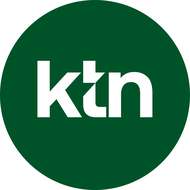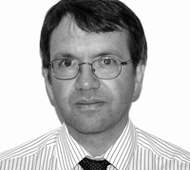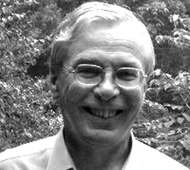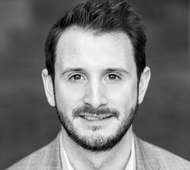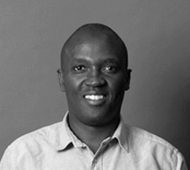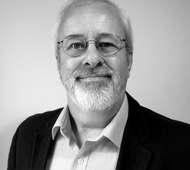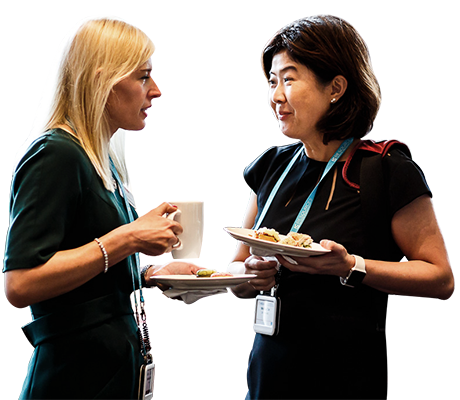The ICT KTN / Cambridge Wireless event, The Future of Spectrum Usage in November 2012 highlighted the importance of radio spectrum to the economy and the difficulties which increasingly arise as spectrum is re-allocated to new services without proper consideration of the impact on existing users of adjacent bands
What aspects have to be considered? Just as examples:
- Even low-power “licence free” systems have to be designed considering their likely neighbours and making sure that they can cope with appropriate blocking signals;
- New major standards developments such as LTE must give proper consideration to out-of-band emissions which can’t be filtered out by victim systems;
- RF component and circuit techniques are needed that can implement highly linear processing at low power;
- New technologies are needed for frequency selective filters of higher performance at low cost and small size;
- The Internet has shown us how it is possible to make an all-purpose network that can efficiently route many different kinds of traffic ranging from high-bandwidth data in an office LAN to long-distance voice to IP TV. Is it feasible to design an “electromagnetic Ethernet” that can similarly carry many different traffic types over different ranges using a common protocol, to permit better spectrum sharing?
